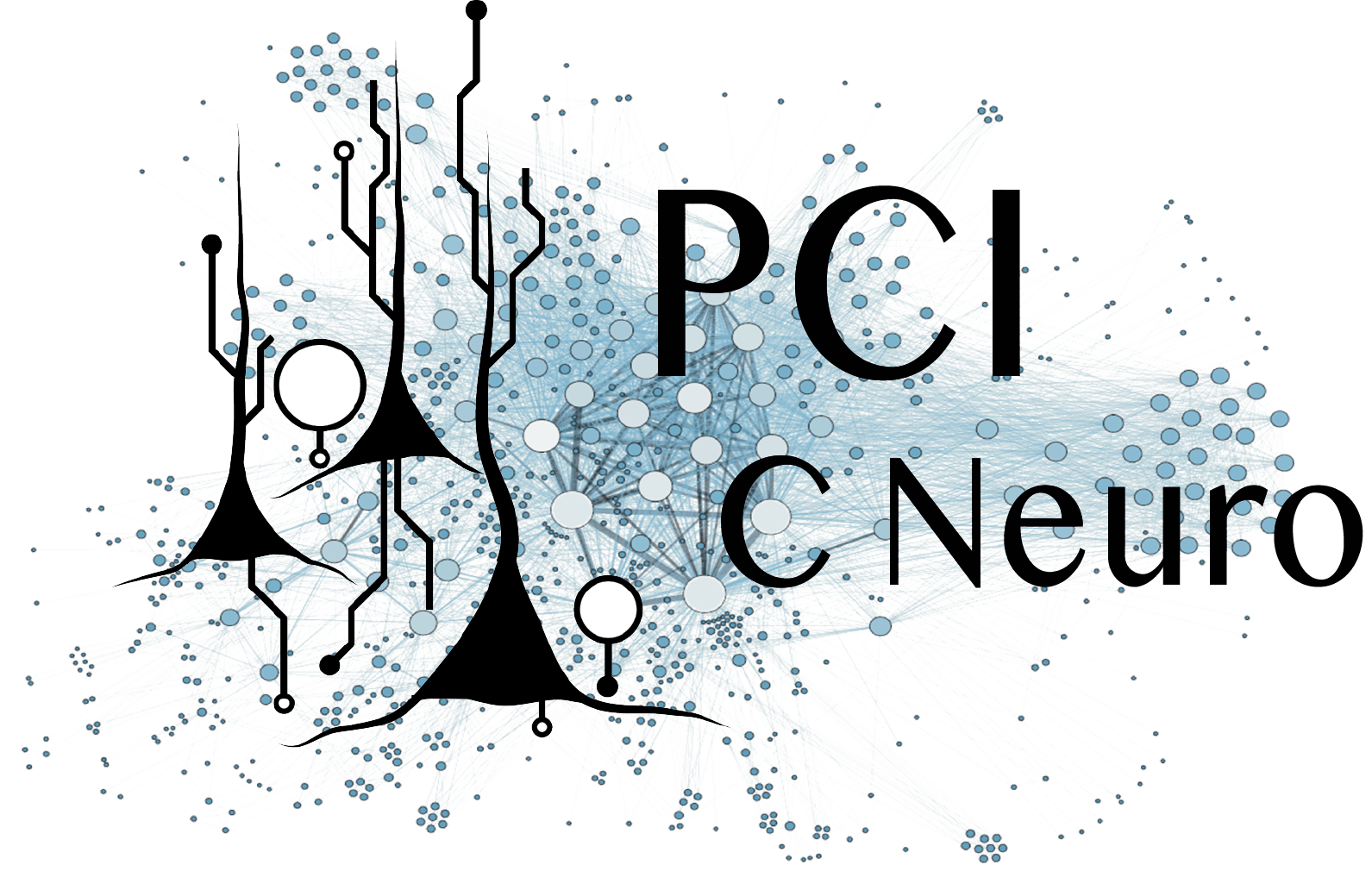Activity in serotonergic axons in visuomotor areas of cortex is modulated by the recent history of visuomotor coupling
This article has been Reviewed by the following groups
Discuss this preprint
Start a discussion What are Sciety discussions?Listed in
- Evaluated articles (Peer Community in Neuroscience)
Abstract
Visuomotor experience is necessary for the development of normal function of visual cortex (Attinger et al., 2017) and likely establishes a balance between movement-related predictions and sensory signals (Jordan and Keller, 2020). This process depends at least in part on plasticity in visual cortex (Widmer et al., 2022). Key signals involved in driving this plasticity are visuomotor prediction errors (Keller et al., 2012; Keller and Mrsic-Flogel, 2018). Ideally however, the amount of plasticity induced by an error signal should be a function of several variables - including the total prediction error across all of cortex at that moment, the animal's experience in the current environment or task, stability of the current environment, and task engagement - for optimal computational performance. Candidates for regulators of visuomotor prediction error driven plasticity are the three major neuromodulatory systems that innervate visual cortex in the mouse: acetylcholine, noradrenaline, and serotonin. While visuomotor mismatch acutely triggers activity in noradrenaline (Jordan and Keller, 2023) but not acetylcholine (Yogesh and Keller, 2023) axons in visual cortex, how serotonergic axons in cortex respond to visuomotor mismatch is unknown. Here, we characterized the activity of serotonergic axons in visual cortex (V1) and in area A24b, a motor cortical area in anterior cingulate cortex (ACC), of awake head-fixed mice using two-photon calcium imaging. Our results reveal cortical region-specific responses to visuomotor stimuli in serotonergic axons, but no evidence of a response to visuomotor mismatch. However, average activity in serotonergic axons was modulated by the recent history of visuomotor coupling. We speculate that serotonin could function to regulate visuomotor plasticity as a function of the predictability of the environment with a slow integration time constant.


